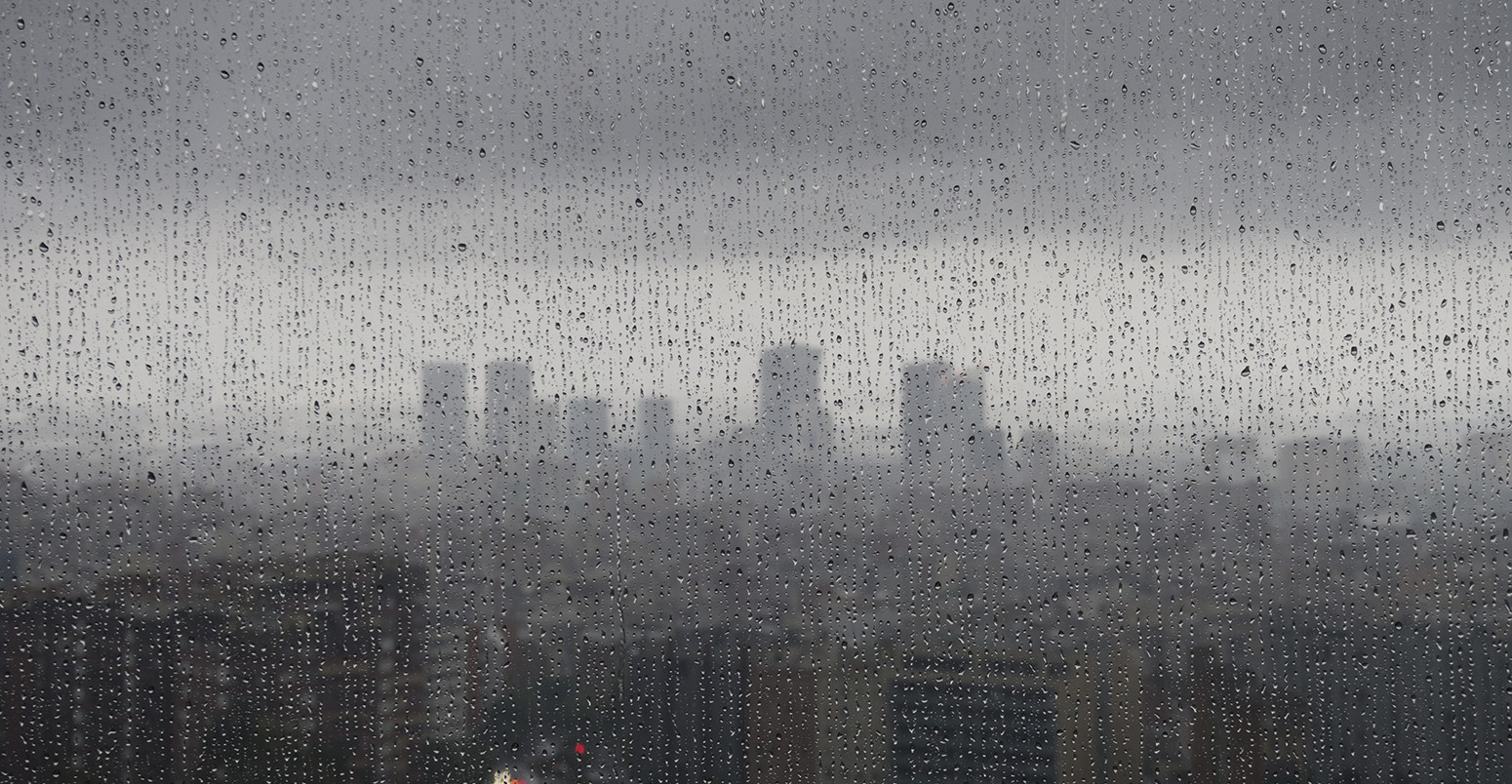The precipitation rate in Iran's main six catchment areas has declined by 4% since the beginning of the current water year on Sept. 22, 2016.
According to the latest report by the Iran Water Resource Management Company, the country received 227 millimeters of rainfall from the beginning of the water year up to Aug. 4, registering a 4% decline compared with the same period of last year and a 3% fall in comparison with the 48-year average, ILNA reported.
Iran is divided into six primary and 31 secondary catchment areas. The six major basins are Central Plateau in Markazi Province, Urmia Lake in the northwest, Persian Gulf and Sea of Oman in the south, Hamoun Wetlands in the east, Karakum basin in the northeast and Caspian Sea in the north.
Almost half of the country’s renewable water resources is located in the Persian Gulf and the Sea of Oman, which cover a fourth of the country.
The report says the waterways registered the most rainfall and Hamoun Wetlands the least.
Among the six main catchment areas, Urmia Lake, Hamouns, Caspian Sea and Karakum experienced a 36%, 35%, 31% and 28% decrease in rainfall respectively.
However, Persian Gulf and Sea of Oman, as well as Central Plateau basins, saw a 1% and 20% increase in rainfall respectively.
The average annual precipitation is estimated at 250 mm, varying from 50 mm in parts of the central water basin to more than 1,600 mm in some coastal areas in the north.
The global average annual precipitation is more than 830 mm, classifying Iran as an arid and semi-arid country.
Widespread Drought
In the last 50 years, Iran has faced 10 periods of severe drought. The most recent was between 2001 and 2004, which significantly threatened water availability in all sectors. Vlimate change is expected to further increase the risk of droughts in some parts of the country while causing floods in other parts.
Speaking to ISNA, Shahrokh Fateh, director of the National Center for Drought and Crisis Management at Iran Meteorological Organization, said 94% of Iran are battling long-term drought.
"The provinces of Khuzestan, Qom and North Khorasan are the worst hit," he added.
Experts say combating drought is impossible and Iran must learn to adapt to its effects.
Iran has been battling drought for over 15 years, because of declining rainfall, rising temperatures, inefficient farming practices, excessive consumption in metropolises and poor management of resources.
Energy officials say Iran’s annual water deficit is about 5.7 billion cubic meters, which they hope to compensate by 2022, when the Sixth Five-Year Economic Development Plan (2017-22) is expected to end.


